Princes Pier is the main stage for the Piers Festival hosted by Mutlicultural Arts Victoria this Saturday. A highlight of the programme will be the migration forums but you must book - they are very popular.
It seems like a good time to talk about Princes Pier and how another pier came to be built in Port…
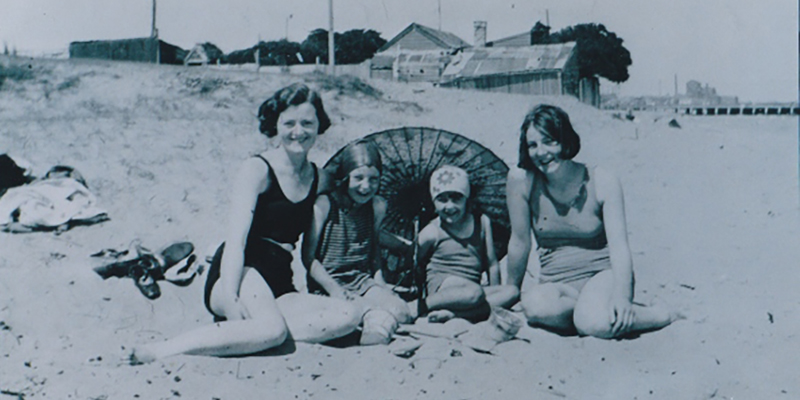
For these hot days, a summer photo.
This is a favourite picture from the PMH&PS collection. While charming in itself, there is much to be gleaned from the background. It is taken approximately where the Life Saving Headquarters at Sandridge is today. You can see a house in the immediate background with Princes Pier and the chimney of the Starch Factory…
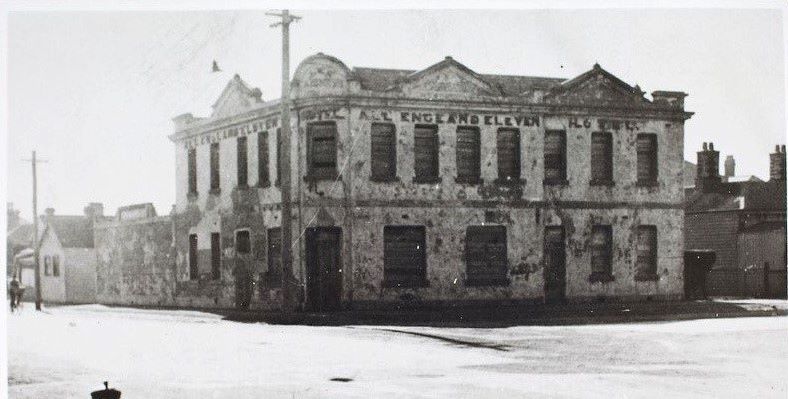
All posts on this site must pass the Port Melbourne connection test. PMHPS suggests that it is not straining this test to say that Port Melbourne has a connection with the history of the Ashes. Read on.
Over Christmas 1861, the colony of Victoria was in a fever of anticipation for the arrival of the All England Eleven - the…
PMHPS has observed a notice of application for a planning permit for this house on the corner of Nott and Farrell Sts, Port Melbourne.
Morley's Cottage: cnr Nott and Farrell Streets
This is where William Morley lived. Morley was the the first chairman of Sandridge when it became a municipality in 1860. He was Mayor in 1867 and remained a Councillor until…
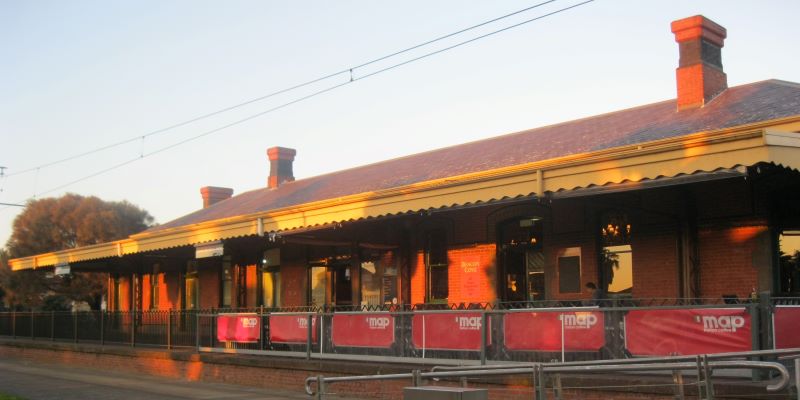
This week a Planning Panel has been meeting in Port Melbourne to hear submissions on the planning future of 1 - 7 Waterfront Place.
The relationship between the proposed development of that site and the Port Melbourne Railway Station is one of the matters being considered.
The building is on the Victorian Heritage Register (VHR) which lists places of significance to the…
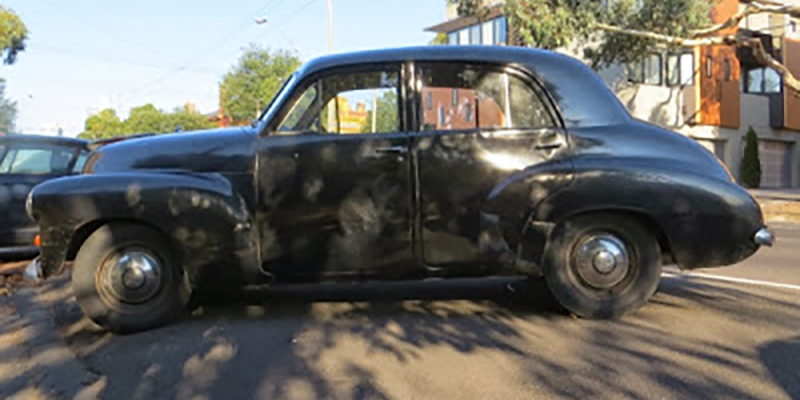
Today, after weeks of uncertainty but with an increasing sense of foreboding, Holden announced that it will cease to make cars in Australia from 2017. Holden, Port Melbourne, Fishermans Bend - inseparable. This is where Australia began its journey into automobile manufacture and where it will end. There will be much more said, but PMHPS wanted to mark this sad…
showing the location of the abattoir
Whenever PMHPS speaks with people who grew up in Port, tales from the Bend emerge. It seems that the Bend offered the best kind of adventures a boy could have. (Girls seldom went down there).
Boys roamed about in a way that would not be permitted in our safety preoccupied times. Many of these stories start…
The Commonwealth Government Marine Engine Works was a recognisable landmark on Port Melbourne foreshore since it was built during World War II until the development of the Beacon Cove residential area.. In My Time at Engine Works, Glen Stuart details the making of marine engines during his 29-year career at the works.
My Time at Engine Works is available for purchase…
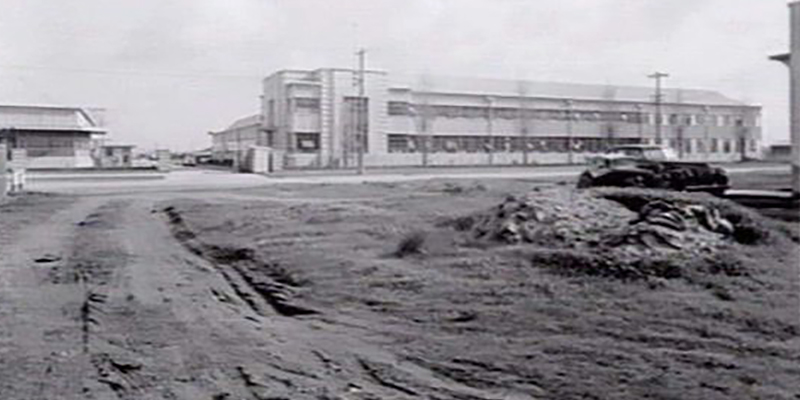
Rootes Factory in Salmon St. Harold Paynting Collection, State Library of Victoria
In the late 1930s Fishermans Bend was on the cusp of a major transformation to industrial development - a change that was anticipated with excitement and optimism.
Charles Daley in The History of South Melbourne says:
"The once-despised Fishermen's Bend - a no-man's land - under the pressure of economic…
Sometimes you just can't find the right word. Take icon, for example. Many Port Melbourne people have had enough of the word 'icon'. 'Iconic' as new developments are often described, is almost guaranteed to get people's backs up.
Port Melbourne foreshore from Princes Pier
Three Port landmarks of Port are captured in this image: the beacon, the newly restored Stothert & Pitt…
